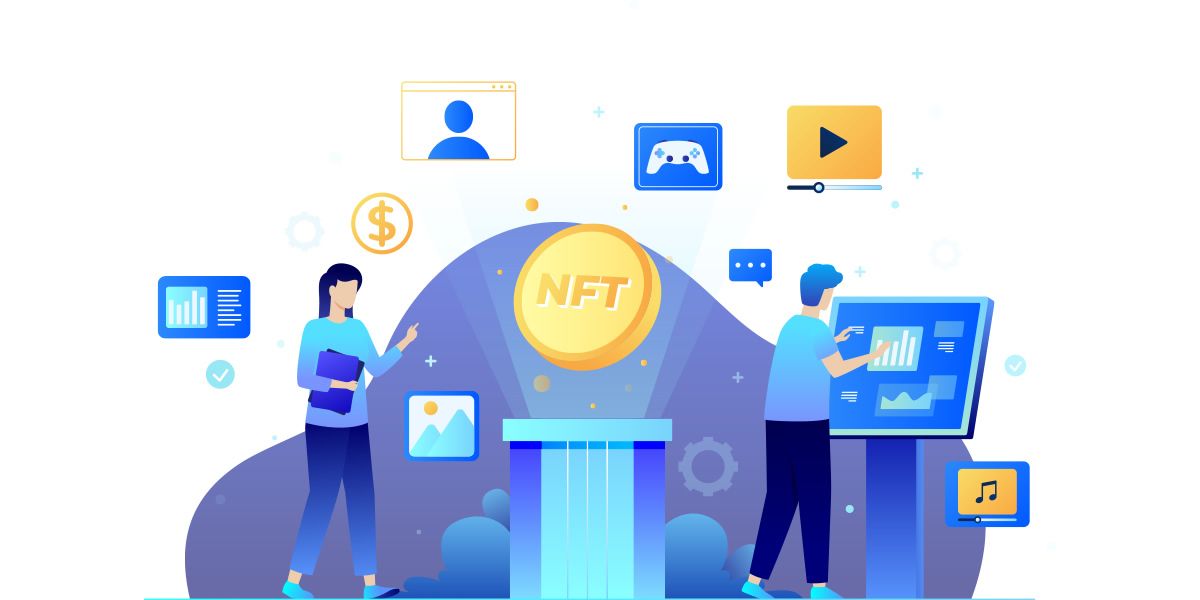
How To Value an NFT
By the end of 2021 alone NFTs have raked over $22 billion in sales and these figures are climbing even faster.
Quick NFT stats & Figures
- The NFT market is currently worth over $20 billion
- “The Merge” is the most expensive NFT to be sold for $91.8 million
- Between 2020 and 2021, the NFT market increased by over 20x.
- 4 out of the 8 largest NFT sales are CryptoPunk NFTs
- The Bored Ape Yacht Club has sold over $2.5 billion worth of NFTs
By this time, you’re probably wondering to yourself, “if I can’t become an NFT creator, how do I get a slice of a valuable NFT asset?
Before diving into NFT market places like Opensea, Nifty gateway, Rarible, or Foundation, you should consider the following factors:
- Scarcity
“When ceratin commodities are limited in supply, with a high demand” it increases in market value/price. This theory applies very much to NFTs and how they are valued. Because these unique tokens created to exist on the blockchain can neither be altered, duplicated nor deleted, their value is set to increase as ownership is transferred from one collector to another. Some of these NFTs may have digital-only items, while others may have rare physical items/collectibles attached to a single NFT.
Since only one of these tokens can ever be created, ownership is authentic, monopolized and increased costs making the owner look more wealthy. NFTs are often referred to as “Veblen goods”
Tip: Before buying an NFT on a marketplace, look out and verify the number of available assets that have been minted by the creator. Limited supply is limited ownership and perceived higher value when backed up by its utility or member benefits.
- Utility
After considering the limited supply of any item/commodity in the marketplace, another keen factor a collector should consider is the usefulness, prospects and opportunities behind a given NFT project.
For some NFTs, utility is an all-exclusive pass to meet with influential individuals, make decisions concerning the future of digital/physical projects built around an NFT, and go further and often go further to resource allocation of cryptocurrencies/more NFTs.
A good example is The Bored Ape collection comprising 10,000 unique apes. The real value of these scarce tokens is their exclusive membership to the Bored Ape Yacht Club, Twitter following of every Ape holder and exclusive events hosted or attended by members. Some of these projects even go as far as giving free lucrative NFTs to their holders.
- Floor price
An NFT floor price can be described as the lowest selling price of an item within a given NFT collection. When placing value on NFT items, the cheapest item should serve as a stepping stone to measuring the value of the item you want to buy against other projects. The more expensive the least item in a collection is, the more buyers rate it in value compared to other collections with lower values.
If collection A has a floor price of 0.01ETH and collection B has a floor price of 2ETH, investors or potential buyers would be given an initial offset of items in collection B more valuable.
Tip: A high floor price doesn’t always equate to more utility or benefits. Many NFT projects set their floor price depending on the creator(s) behind the project, a target buyer in mind, and trading opportunities.
In conclusion
Non Fungible Tokens are fast becoming a commodity class of their own where creators and collectors do not follow the traditional rules of trading or purchase. Certain projects often start as small collaborations and later grow into wider prospects/opportunities.
It is therefore important to assert value to what you have a preference for, measure its long-term valuation, and see how such projects can debut on a global scale when it comes to usage or exchange.

